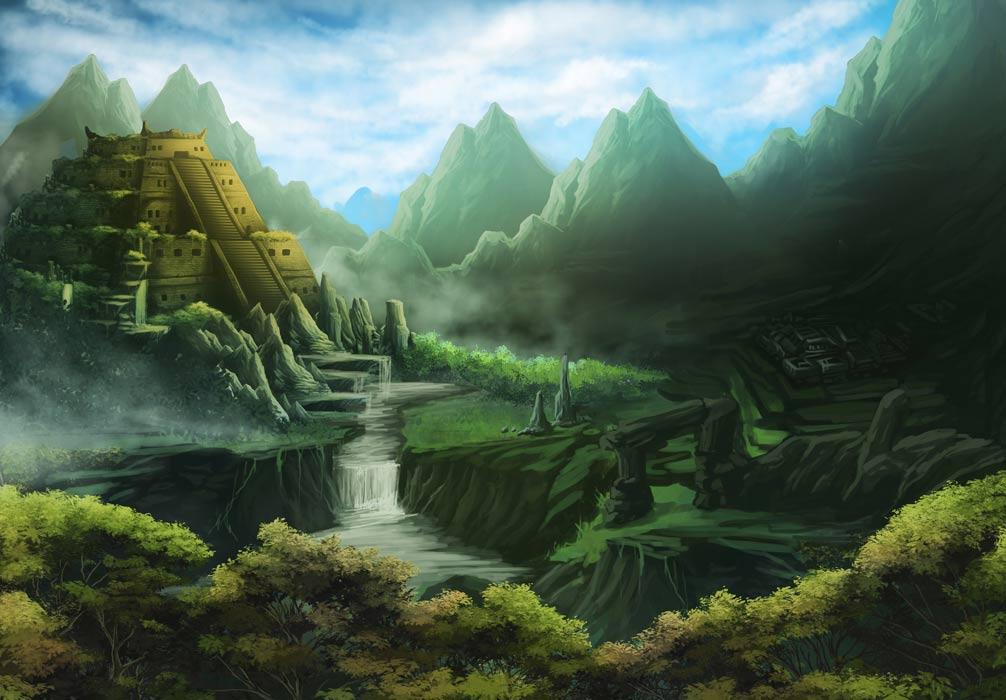


The lush vegetation that results makes the area around Dan seem somewhat out of place in the otherwise arid region around it. Melting snow from the Hermon mountains provides the majority of the water of the Jordan River, and passes through Dan, making the immediate area highly fertile. To the west is the southern part of Mount Lebanon to the east and north are the Hermon mountains. ( December 2019) ( Learn how and when to remove this template message)ĭan is situated in the area known as the Galilee Panhandle, which is a part of Upper Galilee. Unsourced material may be challenged and removed.

Please help improve this section by adding citations to reliable sources. Tel Dan is the modern Israeli name for the site, based on the original Biblical name. Three years later, Edward Robinson made the same identification, and this identification is now securely accepted. Lynch was the first to identify Tell el-Qadi as the site of the ancient city of Dan in 1849. ġ9th century Swiss traveler Johann Ludwig Burckhardt identified the source of the Jordan river having the name "Dhan" ( Arabic: ضان) in his travelogue published posthumously in 1822. Eusebius of Caesarea more accurately places Dan/Laish in the vicinity of Paneas at the fourth mile on the route to Tyre. Rabbinic works, and writers like Philostorgius, Theodoret, Benjamin of Tudela and Samuel ben Samson, all incorrectly identified Dan or Laish, with Banias (Paneas). Isaiah 10:30 has the alternative name Laishah in a number of translations. In Joshua 19:47 it is called Leshem, which means "jewel". The Hebrew Bible states that prior to its conquest by the tribe of Dan the site was known as Laish with variant spellings within the Books of Joshua, Judges and Isaiah.


 0 kommentar(er)
0 kommentar(er)
